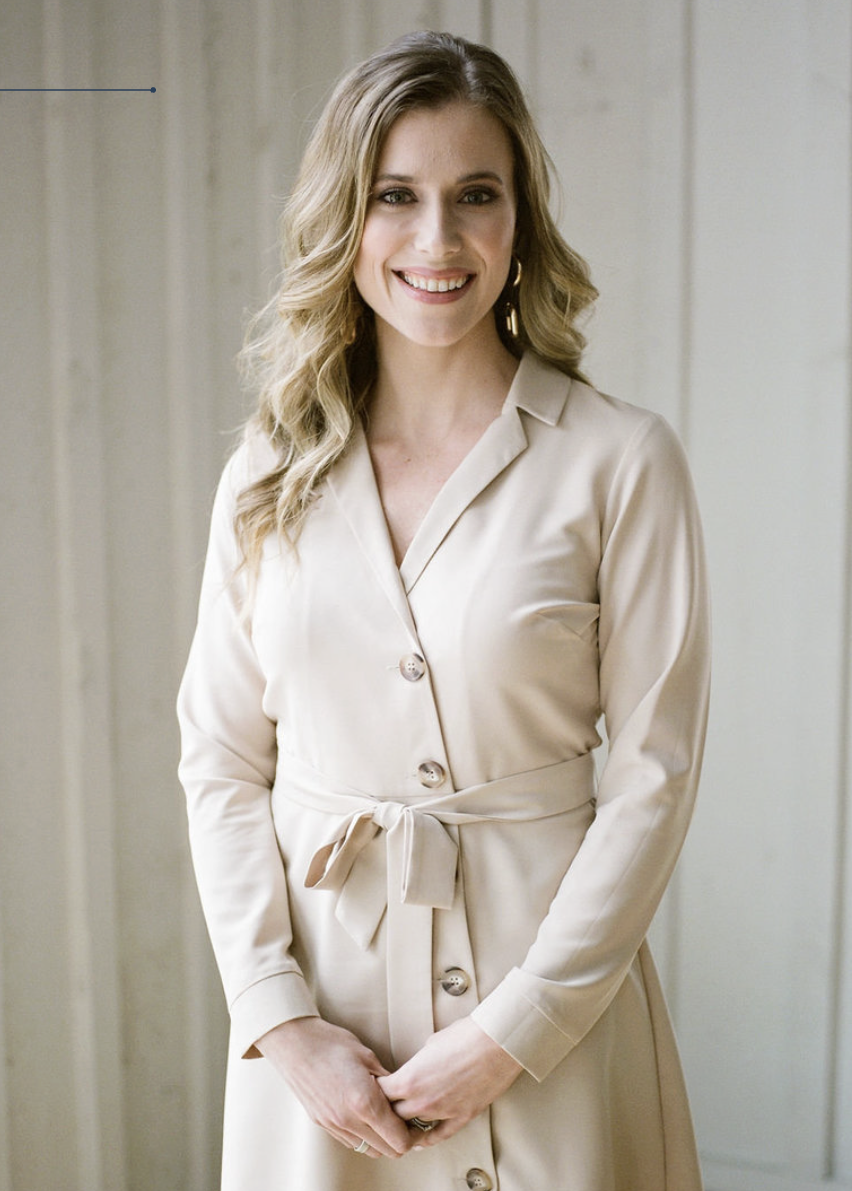Running a successful business, especially in the creative field, requires more than just passion and talent. Behind every thriving entrepreneur is a deep understanding of the numbers that drive their business forward. While creativity and vision may be what fuels your work, knowing the financial and operational side of things is essential to building a sustainable business.
If you’re feeling overwhelmed by the idea of tracking your costs or pricing your services, you’re not alone. Many entrepreneurs struggle with understanding the business side, especially when their passion lies in creating. However, learning to manage your numbers is key to growing a profitable, thriving business. Let’s dive into why understanding your numbers is so crucial and how you can apply these concepts to your business.

Understanding Your Cost of Doing Business
The cost of doing business refers to the total expenses required to keep your business operational. These are not just your one-off purchases or small expenses—they’re all the ongoing costs that keep the lights on and your business running smoothly. Understanding this baseline number is essential because it helps you determine how much you need to charge to stay afloat, cover expenses, and eventually turn a profit.
Your cost of doing business includes:
- Fixed Costs: These are recurring monthly expenses, regardless of how many clients you have. Think of things like rent, insurance, software subscriptions, utilities, and any equipment leases. These costs don’t fluctuate based on your workload.
- Variable Costs: These are expenses that change based on the number of projects or clients you take on. For example, if you’re a wedding photographer, things like travel expenses, client gifts, printing, or even wear and tear on your gear are considered variable costs.
Understanding both types of costs helps you get a clear picture of what you need to charge. If you’re unsure how to calculate this, there are several tools and calculators available online that can help you break it down step by step.
Stop Guessing and Start Charging What You’re Worth
One of the most common mistakes new business owners make is setting their prices based on what others are charging. You might see what a competitor is charging and price your services just below theirs, hoping to attract more clients. But this approach ignores the unique expenses and needs of your own business.
Your pricing should be based on your costs, not someone else’s. Every business has different expenses, overhead, and goals. Your competitor might have a completely different lifestyle or financial obligations than you do. Perhaps they’re just starting out and can afford to charge lower prices, or maybe they’re living with fewer expenses. The point is, you don’t know their full story, so basing your pricing on theirs is risky and could lead to financial strain for you.
Instead of guessing, start with the facts. Calculate your fixed and variable costs, and figure out how much you need to charge per project or per client to break even. Once you have this baseline, you can begin to add profit margins and scale from there.
The Value of Knowing Your Baseline
Knowing your baseline cost—the minimum amount you need to charge to cover your expenses—helps you feel more confident in your pricing decisions. It takes away the guesswork. This understanding is particularly important in the early stages of your business when profits might be slim. When you know your baseline, you’ll have a clear idea of how much work you need to take on each month to cover your costs and pay yourself a fair wage.
In fact, many entrepreneurs find this process to be a relief. Instead of stressing about whether they’re charging too much or too little, they have concrete data to back up their decisions. It empowers you to price your services correctly and focus on growing your business sustainably.
Stop Undervaluing Your Time
One common pitfall for many creative entrepreneurs is undervaluing their time. You might think, “I’m getting paid $1,000 for a wedding, so if I’m there for 10 hours, that’s $100 per hour.” But that’s a dangerous oversimplification. There’s so much more that goes into each project—planning, travel, editing, communication, marketing—all of which takes time.
When you break it down, the actual hourly rate you’re earning might be far lower than you think. If you’re working 20-30 hours on a project but only factoring in the time spent physically doing the work, like shooting or designing, you’re likely underpricing yourself.
Always account for all the time that goes into each client experience. This includes:
- Pre-project communication and consultation
- Planning and logistics
- The actual project or service hours
- Post-project editing, processing, and delivery
- Follow-ups and client relations
By considering the full scope of work, you’ll have a much clearer picture of how to price your services effectively.
Adjusting Your Prices for Growth
Once you have a handle on your costs and the time you spend on each project, it’s time to look at pricing adjustments as your business grows. Pricing isn’t static—it should evolve as you gain more experience, enhance your skills, and improve your service offerings.
There are several key times when it makes sense to raise your prices:
- Experience Growth: As you become more experienced in your field, the quality and efficiency of your work will increase, making your services more valuable. Raising your rates to reflect your expertise is a natural progression.
- Investing in New Equipment or Education: When you invest in new tools, technology, or education, your clients benefit from the improved quality of service. This added value should be reflected in your pricing.
- Client Experience Improvements: Enhancing your client experience—whether through better communication, personalized touches, or premium services—justifies higher pricing. Clients are often willing to pay more for a superior experience.
- High Demand: If you’re consistently booking out months in advance or converting most of your leads, that’s a clear sign that you can raise your prices. High demand means clients see value in your work, and you should adjust your rates accordingly.
Simplify Your Client Experience
want some freebies? Click HERE
An often overlooked aspect of pricing and client conversion is how easy it is for your clients to book with you. Make sure your pricing and booking process are simple and transparent. When clients are faced with too many options or confusing packages, they’re more likely to hesitate or walk away.
Think about your own experiences as a consumer. When the purchase process is seamless, you’re more likely to move forward with confidence. The same goes for your clients—making it easy for them to understand your services and pricing will lead to more conversions and happier customers.
Use Data to Drive Your Business Decisions
Finally, data is your best friend when it comes to business growth. Tracking your leads, conversion rates, and where clients are coming from gives you valuable insight into what’s working and where you can improve. For example, if you notice a dip in inquiries, it might be time to ramp up your marketing efforts. If conversions are low, you may need to adjust your pricing or refine your sales pitch.
Using a CRM (Client Relationship Management) tool can help you keep track of these key metrics, allowing you to make informed decisions about your business. The more data you collect, the easier it is to pinpoint what’s driving your success or holding you back.
Final Thoughts: Take Control of Your Business
Running a creative business requires more than just talent—it demands a strong understanding of the numbers behind the scenes. By knowing your cost of doing business, setting prices based on facts (not guesses), and using data to make decisions, you can build a profitable and sustainable business.
Embrace the business side of your work with the same creativity and passion you bring to your craft. When you have control over your numbers, you’re in control of your future—allowing you to focus on what you love while ensuring your business thrives.
Want to read more inspiring BLOGS? Click HERE
Sign up for my signature coaching session, the 2-Day Intensive, today. Click HERE
Leave a Reply
More episodes



